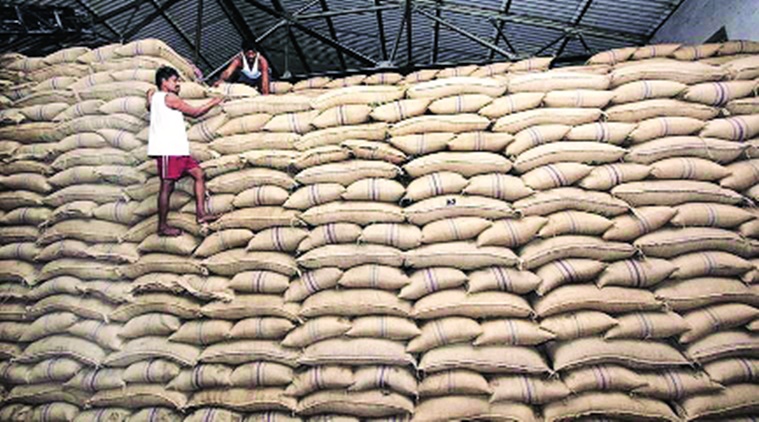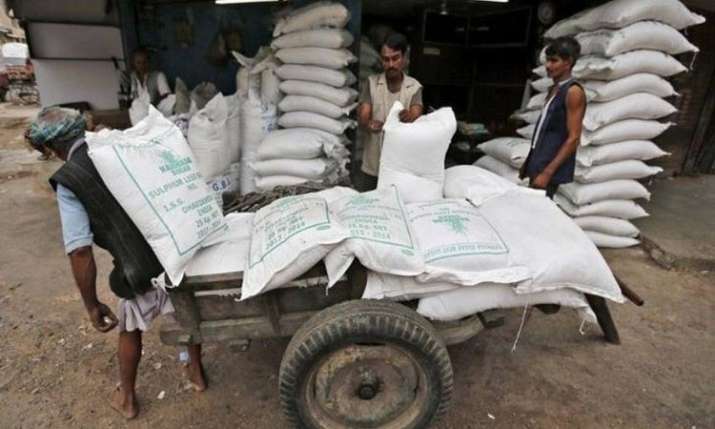India likely to ban sugar exports in new season beginning October

India likely to ban sugar exports in new season beginning October
India, a significant player in the global sugar market, is reportedly considering the imposition of a ban on sugar exports for the upcoming season, starting on October 1st. This decision stems from government officials’ concerns about ensuring an adequate supply of sugar within the domestic market while also keeping a close watch on prices.
The timing of this potential export ban is crucial. The sugar season in India typically commences in October and runs through to September of the following year. By instituting the export ban at the start of the season, the government aims to proactively manage sugar availability in the domestic market for the entire year.

This move follows India’s previous actions related to sugar exports. In the preceding season (2021-22), India achieved record sugar exports, totaling 11 million tonnes. However, in response to the need for maintaining a steady supply within the country and preventing excessive price inflation, the government took measures to restrict sugar exports during the subsequent season (2022-23).
To formalize this potential export ban, a notification is expected to be issued in the first week of November. As with any government policy, it’s important to stay updated on developments and any official notifications to understand how these measures may impact the sugar industry and markets, both domestically and internationally.

The government’s decision to impose restrictions on sugar exports in the early part of the 2022-23 sugar year, limiting them to approximately 6 million tonnes, was primarily driven by concerns about rising prices and a commitment to maintaining affordable domestic prices. The government’s focus is squarely on stabilizing and controlling the cost of sugar within the domestic market.
One of the key factors influencing this decision has been the below-normal monsoon rainfall in crucial cane-growing regions. In particular, the western state of Maharashtra and the southern state of Karnataka, which together contribute to over half of India’s total sugar production, experienced a significant rainfall deficit. Rainfall in these regions was reported to be as much as 50 percent below the long-term average until August of that year.

This shortfall in monsoon rains can have a direct impact on sugarcane cultivation, which is highly dependent on adequate water supply. The reduced availability of water for irrigation can lead to lower crop yields and, in turn, affect sugar production. In such circumstances, limiting sugar exports helps ensure that there is an adequate supply of sugar to meet domestic demand and prevents prices from soaring due to potential scarcity.
The government’s actions reflect its efforts to strike a balance between the interests of sugar producers and consumers, with a focus on stabilizing both supply and pricing in the domestic market. Managing the sugar industry is crucial in India, where it holds significant economic importance and plays a role in food security and inflation control.
The improvement in rainfall conditions from late August to late September, with the all-India rainfall deficit decreasing from 10 percent to 5 percent, is certainly a positive development for agriculture, including sugarcane cultivation. However, despite this improvement, concerns about a potential decline in sugar production still persist.
One factor contributing to these concerns is the allocation of a significant portion of sugarcane for ethanol production. Niti Aayog member Ramesh Chand expressed these concerns in an interview with Moneycontrol on August 16, highlighting that while India had a good production of sugarcane, a substantial amount of it was being diverted towards ethanol production.
The diversion of sugarcane towards ethanol is part of India’s efforts to promote renewable energy and reduce the country’s reliance on fossil fuels. Ethanol is a key component in the production of biofuels, and the Indian government has been encouraging the blending of ethanol with gasoline to reduce emissions and promote a cleaner energy mix.
However, this allocation of sugarcane for ethanol production can potentially impact sugar availability. When a significant portion of sugarcane is used for ethanol, it reduces the quantity available for sugar production, which, in turn, can lead to lower sugar output.
Balancing the use of sugarcane for both sugar and ethanol production is a challenge that policymakers must navigate to ensure an adequate supply of both sugar and biofuels while also addressing concerns related to food security and energy sustainability. The concerns expressed by experts like Ramesh Chand underscore the complexity of managing these competing priorities within India’s agricultural and energy sectors.
India’s increasing focus on using sugarcane for ethanol production reflects the government’s commitment to promoting renewable energy and reducing the country’s dependence on fossil fuels. As the world’s second-largest sugar producer and a significant exporter, India has been allocating a larger share of its sugarcane crop to ethanol production, driven by policies that encourage fuel plants to boost their production of ethanol.
In the ongoing sugar season of 2022-23, a substantial amount of excess sugar, approximately 45 lakh metric tonnes (LMT), has been redirected towards ethanol production. This diversion of surplus sugar to ethanol serves multiple purposes. Firstly, it supports the government’s ethanol blending program, which aims to increase the proportion of ethanol mixed with gasoline, reducing carbon emissions and promoting a cleaner energy mix. Secondly, it helps address the problem of surplus sugar stocks, which can lead to downward pressure on sugar prices and financial challenges for sugar mills.
Looking ahead, the Indian government has set ambitious targets for ethanol production. By 2025, it aims to divert more than 60 LMT of excess sugar towards ethanol production. This goal underscores the government’s commitment to scaling up the use of ethanol as a renewable fuel source. Achieving this target would not only contribute to India’s energy sustainability but also impact the dynamics of the sugar industry, as it could further reduce the availability of sugarcane for sugar production.
Balancing the allocation of sugarcane between sugar and ethanol production will remain a critical challenge, and policymakers will need to navigate this delicate equilibrium to meet the country’s energy and agricultural objectives. The growth of the ethanol sector in India represents a significant shift in the country’s energy and agricultural landscape, with potential implications for both industries and the broader economy.
India is currently facing a challenging situation with the potential decline in the production of key staples due to uneven rainfall, which is contributing to an exponential rise in food prices. This situation has led to elevated retail inflation rates, with headline retail inflation reaching a 15-month high of 7.44 percent in July. These high inflation levels are expected to persist in the coming months.
One of the commodities affected by this trend is sugar. The prices of sugar have remained high, with a 2.5 percent increase as of September 28 compared to the previous month, according to data from the Ministry of Consumer Affairs. In August, the Consumer Price Inflation (CPI) for sugar stood at 3.8 percent.
Internationally, sugar prices have also seen a significant increase, as indicated by the FAO Sugar Price Index, which averaged 148.2 points in August. This represents a 1.3 percent rise from July and a substantial 34.1 percent increase compared to the same month the previous year.
The surge in global sugar prices can be attributed, in part, to concerns regarding the El Niño weather phenomenon’s impact on global sugar production prospects. In India, below-average rains in August had a detrimental effect on the development of the sugarcane crop, contributing to the uncertainty surrounding sugar production.
These challenges in the agricultural sector, including the potential impact on staple crop yields and food prices, underscore the importance of weather patterns and their consequences on agricultural output. Managing the balance between supply and demand for essential commodities like sugar is crucial for economic stability and food security, and it requires monitoring and intervention by both domestic and international authorities.




